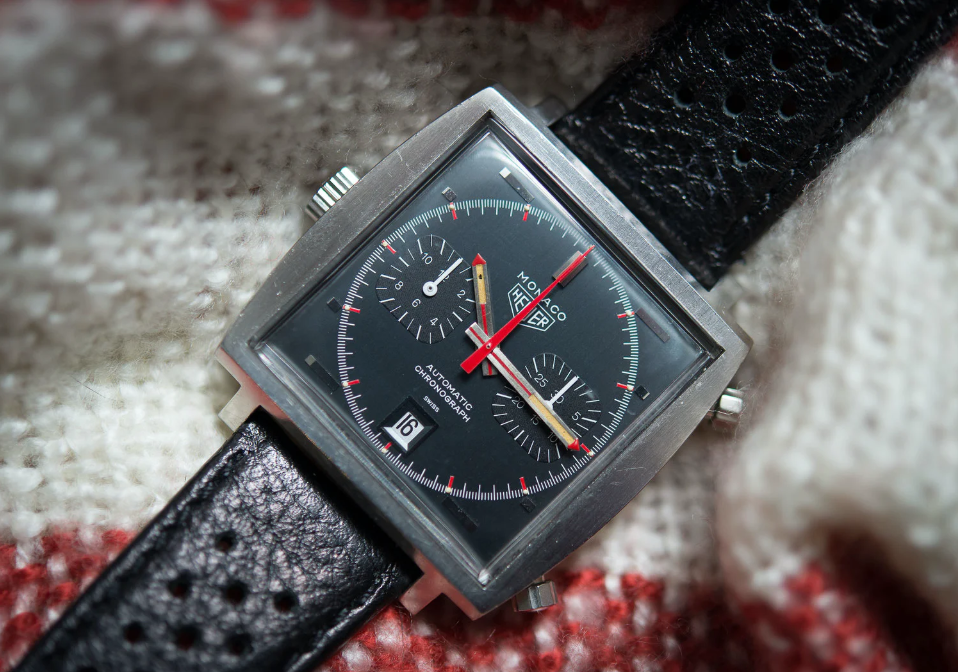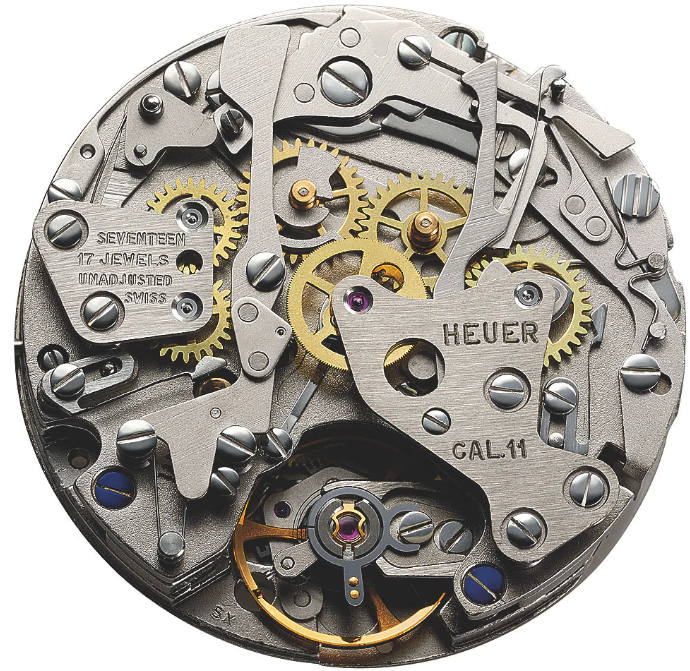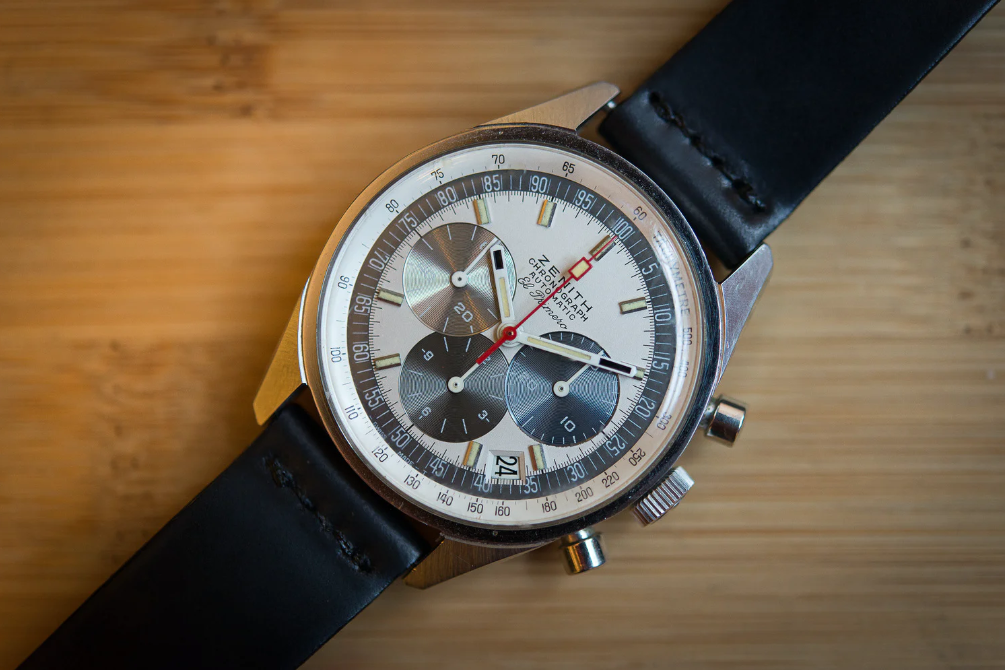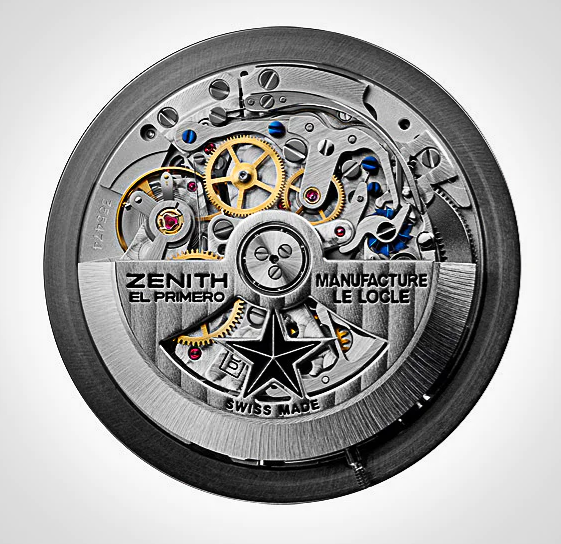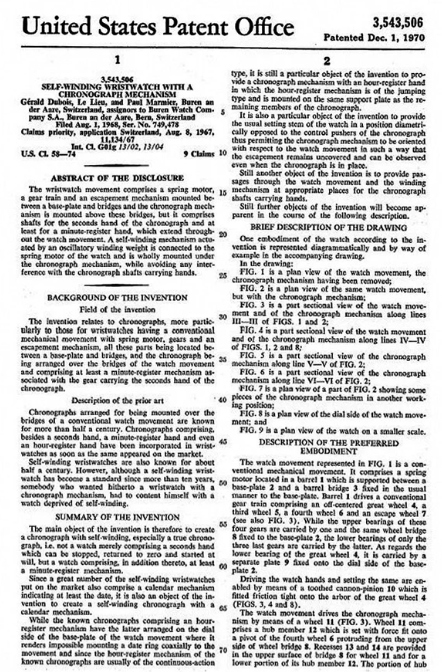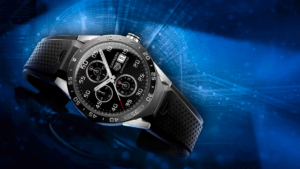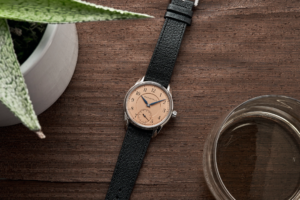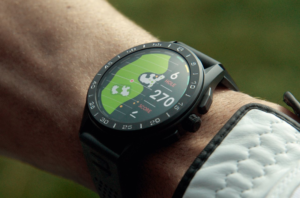The Monaco might be one of the most recognizable watches of the 20th century, no doubt due to a phenomenal amount of money spent by TAG Heuer in celebrating its connection with Steve McQueen during the filming of the absolute best really bad movie of the 1970s, LeMans. But, what is the original Monaco like to wear, and live with? We see this watch larger-than-life so much, it’s often easy to overlook what this watch is like from a personal perspective, and while I’ve owned replica watches uk vintage Carreras and a self-winding Autavia, I’d never actually spent much wrist time with an original Monaco. Until recently, when I spent a full week with the vintage Heuer Monaco 1133(G) on the wrist. Here is what I thought of it. But first, a little perspective.
The First Self-Winding Chronograph (?)
It is commonly held that Heuer launched its caliber 11 chronograph – the world’s first self-winding chronograph – in the Monaco exclusively. That is not true; it was launched in a Carrera and Autavia at the exact same time as the Monaco.
Now, there is some debate over whether or not Seiko or Zenith was actually the first to unveil a self-winding chronograph before Heuer, and in Jack Heuer’s autobiography he addresses this head on. The Caliber 11 was indeed a collaboration with Breitling and Buren, and the three companies agreed to announce this revolutionary movement in a joint press conference on March 3rd, 1969. Heuer had over 100 working prototypes to show that day. But, Jack mentions that he opened his newspaper on January 10th, 1969, to see a small news story about the release of Zenith’s El Primero movement.
He was shocked. In the end, Jack and his team decided to ignore the story and proceed with the launch of the Caliber 11 two months later, with a joint press conference in New York and Geneva, attended by the president of the Foundation of Horology and other relative dignitaries. Jack says no journalist at the press conference questioned him, Breitling, or Buren about Zenith’s movement, and the issue was later put to rest at Baselworld when Heuer had hundreds of working watches, and Zenith had but one or two. The announcement of Zenith’s movement was only carried by local newspapers, while Heuer’s was a world-wide announcement.
As for Seiko, Jack reveals that at Baselworld 1969, he was visited by Seiko’s president, Ichiro Hattori, who complimented fake Tag Heuer on the technical innovation. He did not, however, reveal that they too had revealed a self-winding chronograph movement, though, for the entirety of 1969, the watch was sold exclusively in Japan. So, while Zenith undoubtedly announced its El Primero before Heuer introduced its Caliber 11, and Seiko too had a similar movement in the same calendar year, it is Heuer that was best prepared to launch the product on a global scale, and that is why it is commonly believed to be the first. But, if you compare the Caliber 11 to the El Primero, you can see the Zenith movement was really far more advanced. It was an integrated (not modular) movement with a high frequency, and even featured a quick set date.
It didn’t matter though, because Heuer, along with their partners, received a patent for the Caliber 11 in early 1970, thus cementing their position as the self-winding chronograph leaders.
What is also seldom mentioned about the self-winding Caliber 11 is that it was no accident it was introduced in 1969. In addition to the several-year term it took to develop the concept, Heuer intended to go public in late 1969 or early 1970, and Jack wanted a break-away new product to ride into prospective investors favor. The Caliber 11 was it, and Heuer became the second Swiss watchmaker to go public (after Girard-Perregaux) on April 24th, 1970, at the height of the replica watches uk popularity of the Caliber 11 chronographs, including the Monaco.
If you have a greater interest in learning more about the race to build the first automatic chronograph, there isn’t a better reference out there than Jeff Stein’s “Project 99” article first published in iW Magazine in 2008.
